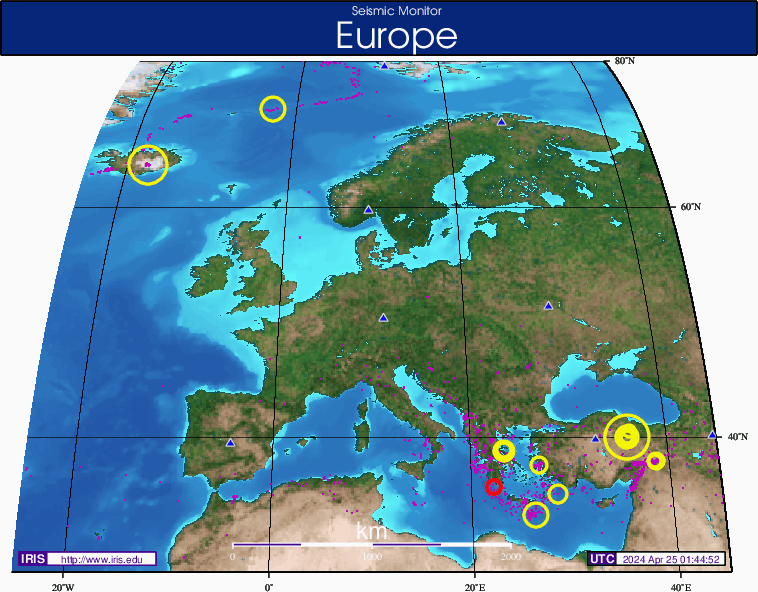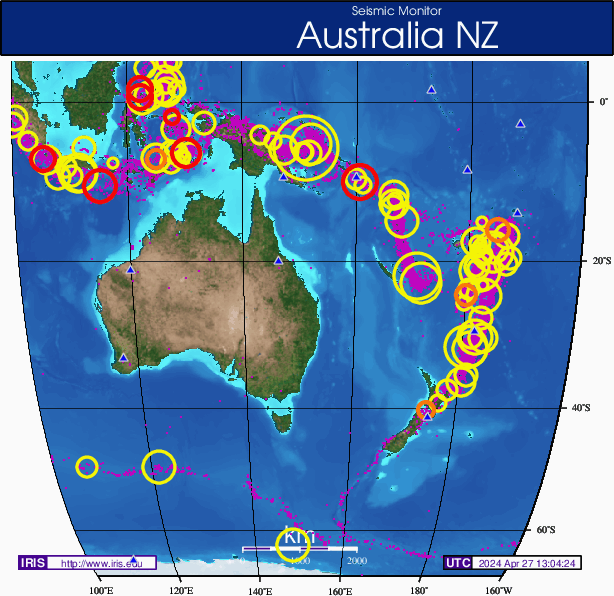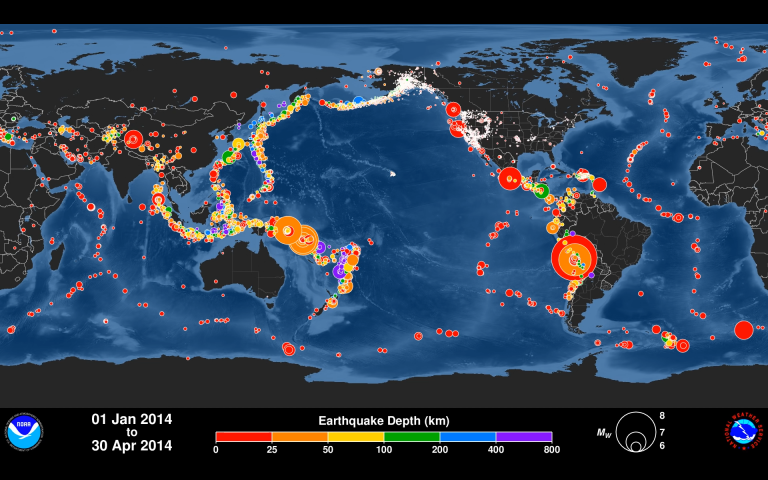
Earthquakes struck today at opposite (antipodean) global locations, both in areas not accustomed to strong seismic activity: France and Western Australia.
By Martin Harris 21/6/19

47.17
-0.60
4.3
3
0
FRANCE

-33.22
119.44
4.3
10
0
WESTERN AUSTRALIA
Coincidence?
There is actually data to suggest that large earthquakes can “telegraph” to mirror events within 30 degrees of their antipodean (as is the case here), but the unusual location, at both sides of the globe, is what really gets my attention.
What’s causing this?
I think further investigation is required! MH
Study: Earthquakes on one side of Earth can trigger new ones on opposite side

Research finds quakes can systematically trigger other ones on opposite side of Earth
CORVALLIS, Ore. – New research shows that a big earthquake can not only cause other quakes, but large ones, and on the opposite side of the Earth.
The findings, published Aug. 2 in Nature Scientific Reports, are an important step toward improved short-term earthquake forecasting and risk assessment.
Scientists at Oregon State University looked at 44 years of seismic data and found clear evidence that temblors of magnitude 6.5 or larger trigger other quakes of magnitude 5.0 or larger.
It had been thought that aftershocks – smaller magnitude quakes that occur in the same region as the initial quake as the surrounding crust adjusts after the fault perturbation – and smaller earthquakes at great distances – were the main global effects of very large earthquakes.
But the OSU analysis of seismic data from 1973 through 2016 – an analysis that excluded data from aftershock zones – using larger time windows than in previous studies, provided discernible evidence that in the three days following one large quake, other earthquakes were more likely to occur.







